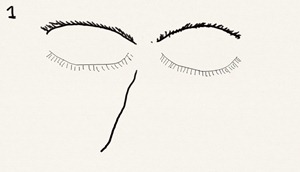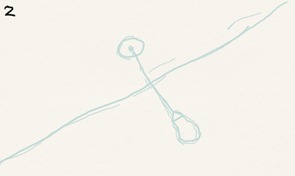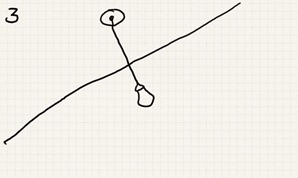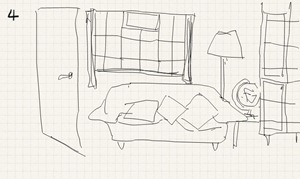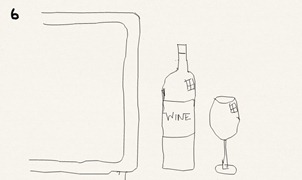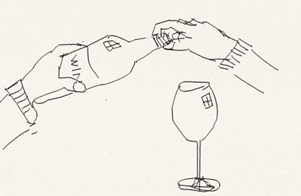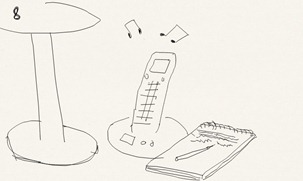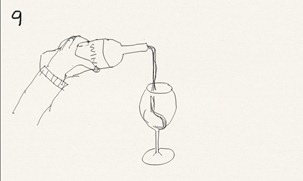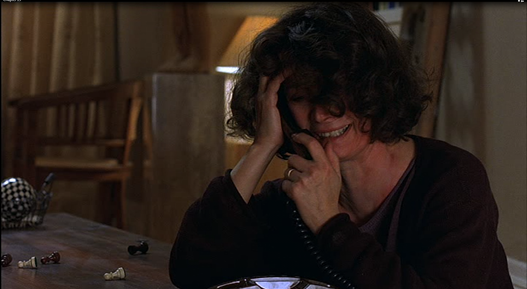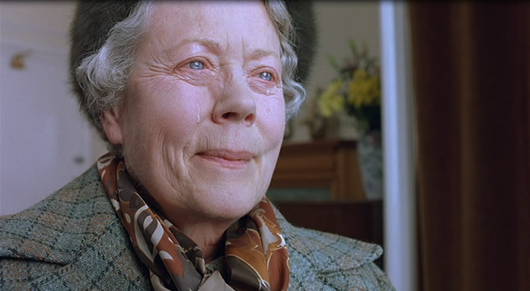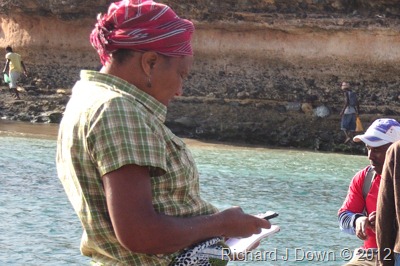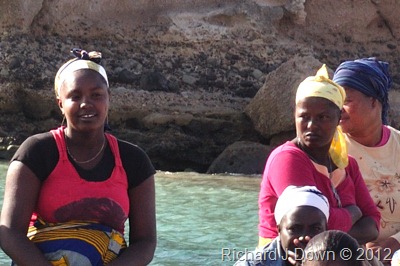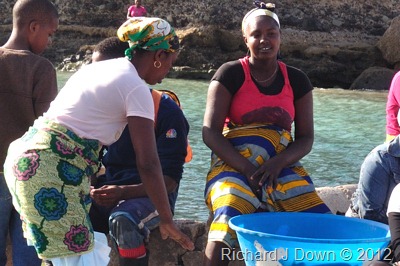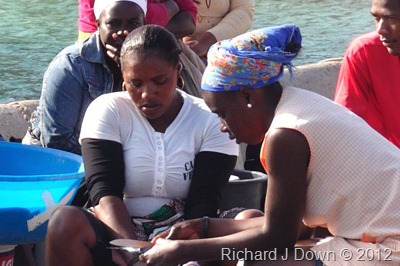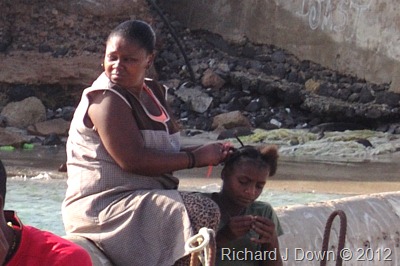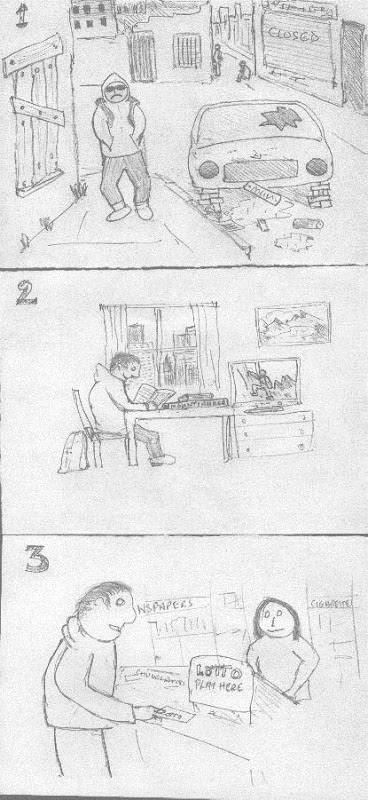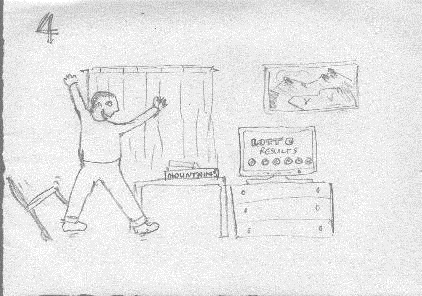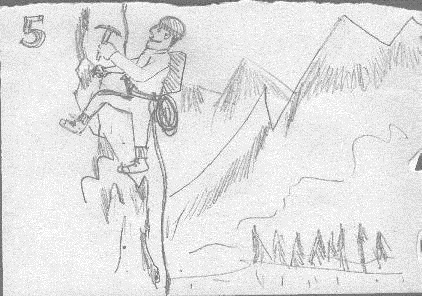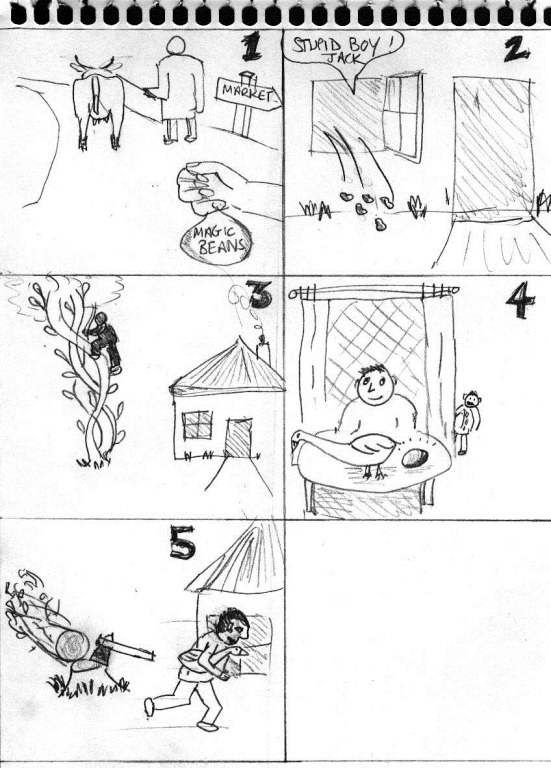Exercise 4 –Shooting a short sequence - feedback and reflection
After nearly a week I have looked at my sequence again and received some very constructive feedback from my fellow students, most of which is posted directly onto my blog but also I have this from Emily:
Hi Richard I just tried to post a comment on your blog but it refused and lost the comment. I'll try to remember what I wrote: really liked it - especially the storyboard, and that you'd kept to the storyboard in your filming.
Good idea to lose the first shot of the person waking up. I agree with Margaret about the pace at the beginning but I like the pace of the rest of it.
I like the blurring at the start, and wonder whether that might be a way of showing the hungoverness of alcoholic rather than the slow pace at the start.
I like the phone ringing and not being answered. It works very well.
Only thing I wondered about was the final shot of you pouring the drink - I thought it would be better starting the shot with you holding the bottle, rather than being put back on the table. just a thought
great stuff
Emily
Reflection: What worked and what didn’t?
Although I filmed the first frame, the eyes, I could see during editing that it just wouldn’t work.
The blurry light fitting seemed to work quite well and the volume of the radio in the background was just enough to indicate that this was perhaps what had woken the sleeper.
Feedback indicates that the pan around the room was too slow and I agree. I was conscious of my tendency to pan too fast and I think I laboured it a bit. The interference from the phone was unfortunate. I will see if I can silence the camera’s speaker while recording as this could be a problem anywhere there are mobile phone signals.
Emily mentioned the final shot of the sequence, pouring the wine. I think she is right. I included the action of picking the bottle up again to emphasise the break in what would be a priority task for an alcoholic. Thinking about it, the action does break the flow of the final shot. When I shoot the objective viewpoint, I may well not put the bottle down at all, just pause.
The pace of the sequence was also affected by the switch from the ceiling to the door. If I shot this again, I would not use a subjective view for this part. It would involve too many changes of panning direction.
I was quite happy with my choice of frames, as a subjective viewpoint was required, I think I conveyed what the person would ‘see’ rather than what was in their field of view which concentrates the action to what is necessary for the narrative.
